Story and Photos below By Peter Collins
Above photo courtesy of the Classic Rally Association.
Portions of this article appeared in the new online classic rally magazine, Retro-Speed.
Check it out for classic rally stories and results!
When friend and colleague Peter Baker asked me if I would like to occupy the navigator’s seat in his well-prepared Lancia Fulvia 1600 HF for the Classic Rally Association’s Winter Challenge. The Rally started from Chester, which is a large and historic town south of Liverpool and close to the Welsh border (it has been used as a rally base several times in the past), and finished at Monte Carlo. I naturally acquiesced immediately. A fun drive with a spot of map-reading – easy, job done–but I had failed to notice that the event was an FIA Regularity round. This latter detail meant that it would be up to expert standards in all respects in order for it to be ratified by the international motorsport body, the Federation Internationale d’Automobile.
I have always enjoyed the sport of rallying, having spectated on many UK special stage events in my youth and then later ventured abroad to the fabulous European tarmac rallies that seemed always to be populated by an incredibly diverse and exotic mixture of machinery. I have been a terminal Lancia fan for many more years than I care to think about now, so the combination of a continental rally to Monte Carlo and in the hot seat of a Fulvia certainly had my pulse racing.
SUPPORT VELOCETODAY BY BECOMING A PREMIUM SUBSCRIBER
I had never tackled anything like this before so, despite a lot of advice centred on “don’t worry about it” my head was actually ringing when I arrived at the Calais restart, ready to get away at our appointed time of 23.06 on Sunday November 20th. I had already been in France for a few days and so Peter’s wife Lin, an accomplished map-person with several serious events’ notches on her clip-board, had guided him to Dover and from then on, it was all up to me.
It was bitterly cold but had been dry and we, with around sixty other participants, faced 18 hours on the road, with a minimal number of coffee breaks and one hour for breakfast before reaching our first night halt at Beaune. Under normal circumstances, this would have been a journey that could have been undertaken on motorways in about 5 hours. The complete rally took five days to reach Monte with night halts, in addition to Beaune, at Aix les Bains and Digne.
The weather turned out that night to be, in the words of one experienced entrant, “the worst I have ever endured”. It consisted of hour after hour of thick fog and heavy drizzle, which, with the help of 1973 lights – not – created the best possible conditions for near-total crew exhaustion and map and route concentration such as I have never experienced before. Certainly it taxed a very good relationship! The car was virtually to the specification of one of the works examples from 1973. In fact its safety standards exceeded that period as it included a current specification roll-cage inside, as specified by the safety rules. Otherwise, it had an electronic distance reader, many vital interior map lights, rally seats with full-harness belts and an engine to almost semi-works standard developing around 130 bhp. Peter also fitted winter tyres just in case.
The regularities, where the rally is won or lost – of which there were three on that first night in the darkness – turned into frazzled activity and at each start I had a nanosecond to work it all out. It also immediately became clear that the “don’t worry about it” answer to all my pre-rally questions was very far from the truth. In theory one knows the route in advance, but in fog and darkness, on French ‘C’ and ‘V’ roads in the middle of nowhere with no signposts, everything becomes somewhat crucial. Plus one has to work out how fast one should be going and this can vary within regularity such as the first 5 kilometres at average 40 km/h, the second at 38, the third at 50 and so on. These may not seem fast but………And finally, the instructions as to required average speed are only given to you as the stage start marshal begins his ten-second countdown.
So, through the night of doubt and sorrow we ploughed, to have our spirits raised by a fabulous dawn over Champagne and a bright day became serious fun, finally arriving at Beaune on sheer adrenaline as well as getting lost in the city-center.
However, I had not yet enjoyed what is the heart and soul of any Monte rally – heading through the mountains – the Alpes and the Alpes Maritimes. As this was a rally whose route was chosen by the best in the business we naturally attacked all the well-known Cols and names such as the Granier and the Grimone blurred by with their succession of lacets (hairpins to you, I was becoming increasingly confident!) when suddenly the signpost and route pointed to the Col de Pennes. Those of a certain age may well have sat through those enthralling Shell or BP marketing films of events around 1960, such as the Monte or Alpine where cars are clinging to shelves, many thousands of metres up, on loose surfaces with no barrier marking the demarcation between the road and an awfully long way down, whilst jolly light music is being played in the background and crews wave with beaming smiles at the cameramen.
I can tell you it’s not like that. It was, in fact, remarkable that such a route still existed and it was clear that the organisers weren’t messing about. Not only that, but after a very long, hard day ending near Gap, we enjoyed supper for an hour and, with only 30 minutes’ notice, were all expected to plot a new route there and then and drive hard for four hours of the night, through the mountains, before our next night halt in Digne. It was totally exhilarating and so intoxicating that I am still trying to piece it together in my mind long after Monte was reached. But reach it we did, thanks to particularly robust driving by car-owner Peter. I will not vouchsafe our finishing position as we mortgaged it against stopping to take pictures.
Towards the end I was quietly satisfied with one regularity time only 2 seconds out after 17 Kms, but then, on the very last stage, we ran out of fuel……..hilarious in retrospect as the Control turned out to be around the next lacet and when we finally got there the finish marshals were doubled-up with laughter having heard us coming in the silence of the mountain air and guessed exactly what had happened. I could have walked the timecard to them.
Arrival in Monte was still triumphant despite our lowly position.
It had been a roller-coaster ride both literally and metaphorically. Somewhere in the Jura, about 16:30 in the afternoon, with the light rapidly fading and no other car in sight, either in front or behind, and the knowledge that we had two and a half hours to go just to the supper halt, we were about to attack the fourth remote and loose-surfaced Col of the afternoon and one wondered if civilisation would ever put in an appearance again. Then, in that clear air, the wonderful nasal induction roar of our trusty Fulvia filled you with hope and confidence. “We could hear you coming” became a common refrain as we wound our way up and down the mountains. Professor Fessia designed the Fulvia utilising the same track dimensions as his larger Flavia, ostensibly as part of a standardisation process and we should all be grateful for that because it contributes to the smaller car’s smooth ride and stability – both a serious advantage when rough surfaces and quick changes of direction are required.
Would I do it again? I now have a tremendous respect for the people at the top of this game. Very serious congratulations should go to winners Eamonn Byrne and Ian Tullie and their Alfa Romeo Giulietta Sprint, who only lost 5.01 seconds in all that time and 2000kms. They were only 0.37 seconds ahead of second place Giulietta man, Paul Wignall. Other Lancias taking part were a wonderful Aprilia and a Touring Flaminia Coupe. Whether I could ever approach their standards is another matter entirely. I can see areas where I could improve……..maybe I’ll think about it over the winter.
______________________________________________________
Peter Collins was born 1950 in London and introduced to cars and motoring from an early age with a Dinky Toy Rover 75 and a copy of the “Autocar”, which he still remembers announcement of the first pre 356 Porsche!!
Motorsport entered his life with a visit to the Brands Hatch on Boxing Day 1965 where David Piper won the GT class in that green 250 GTO. At school he met another petrolhead and together they developed a love of anything Italian. This led him to become a co-founder of “Auto Italia” magazine. He has written six books including one on Lancia 037, Integrale and the Alfa Tipo 33 book with Ed McDonough; the next one coming out in March is on 1990s and 2000s Alfa Romeo Touring Car racing. Like many car owners he has a cat named Darcy. His partner’s name is Liz to whom he will be getting married on January 14th!
Welcome indeed, to VeloceToday!
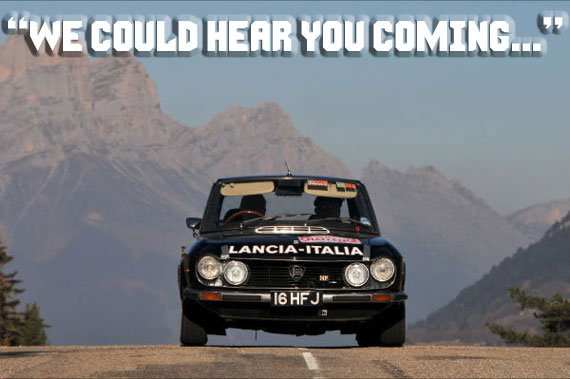
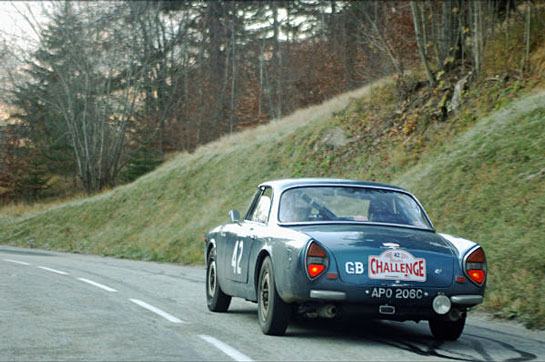
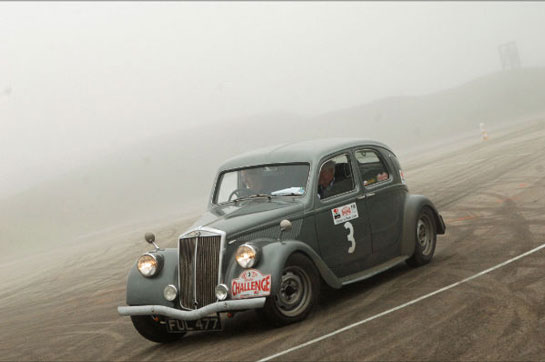
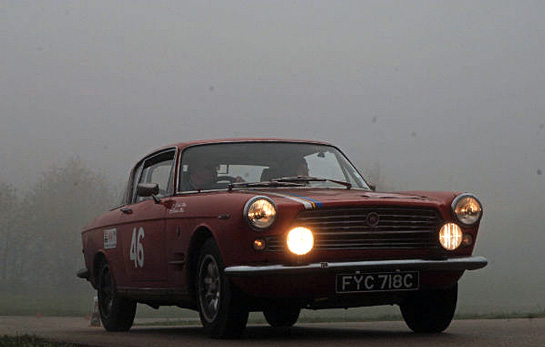
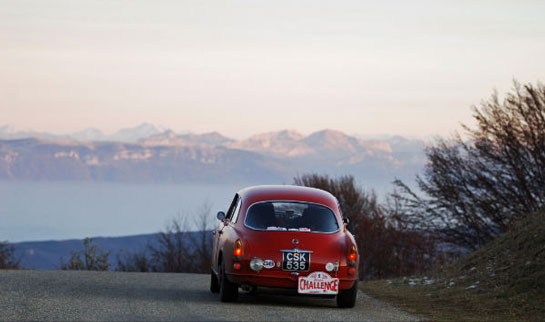
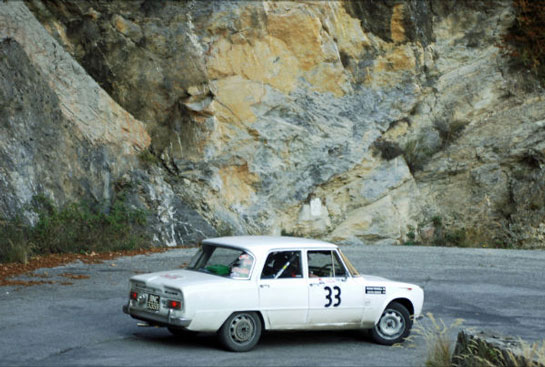
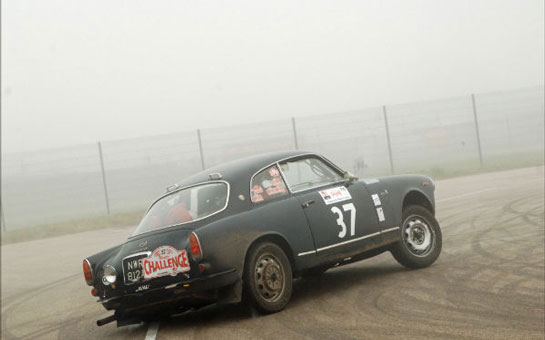
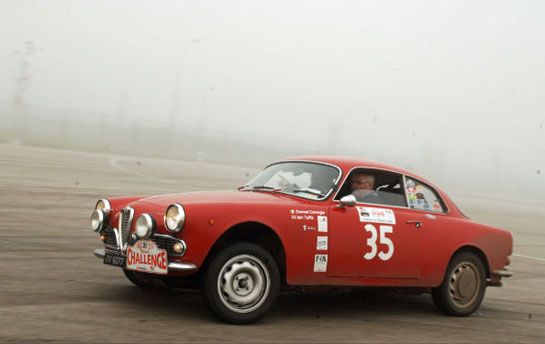
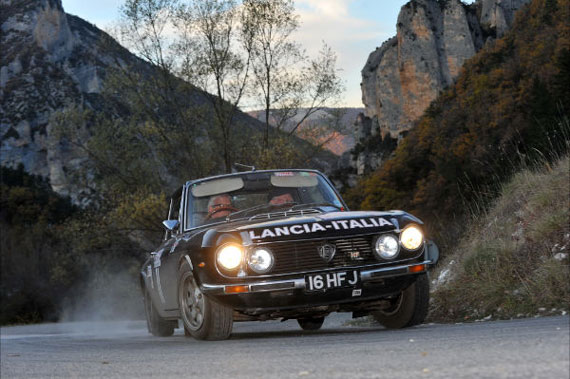
Well done guys!! Lovely pictures…
David